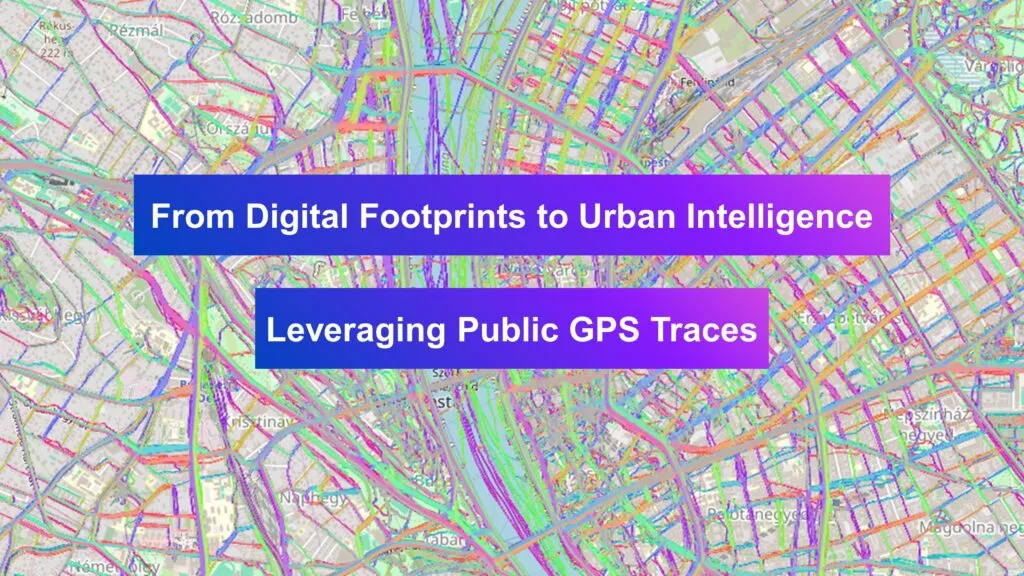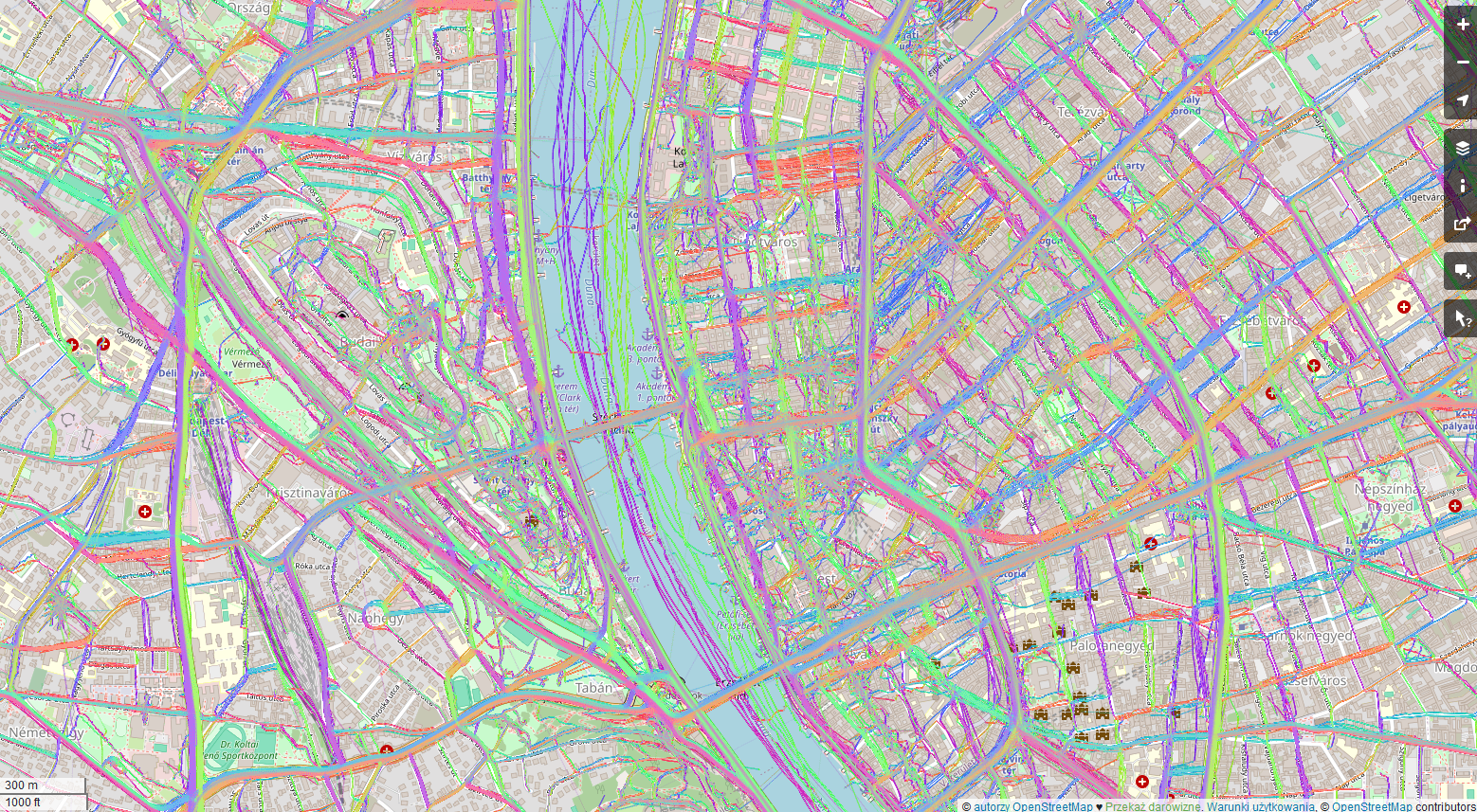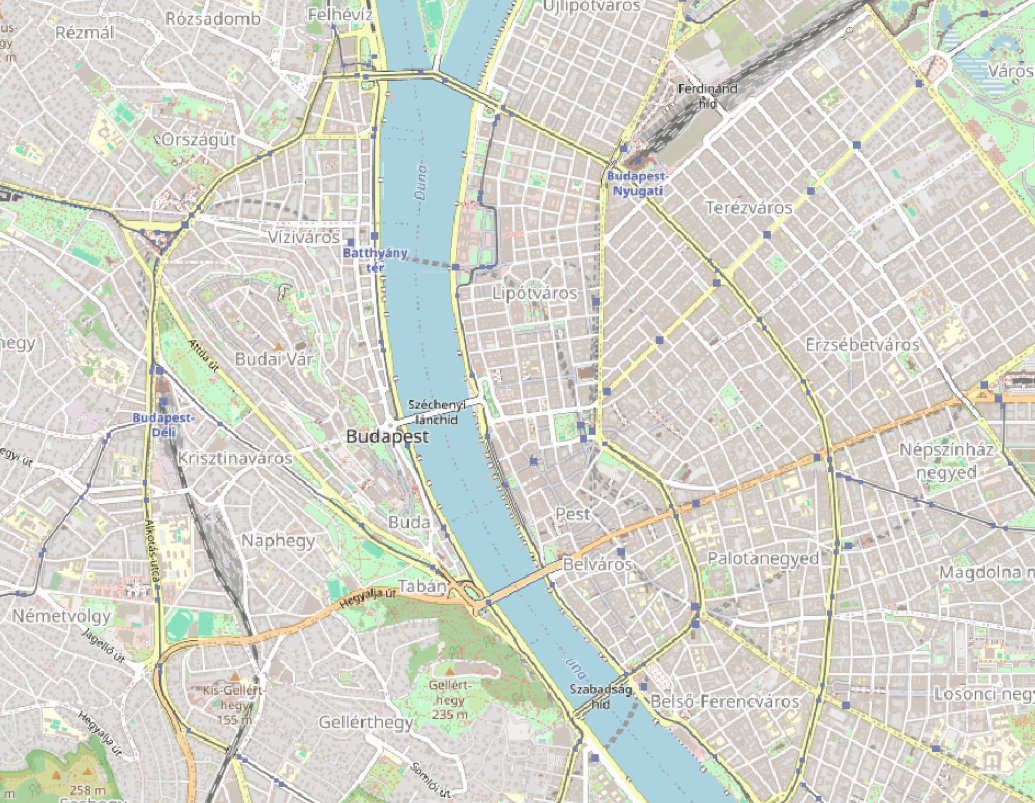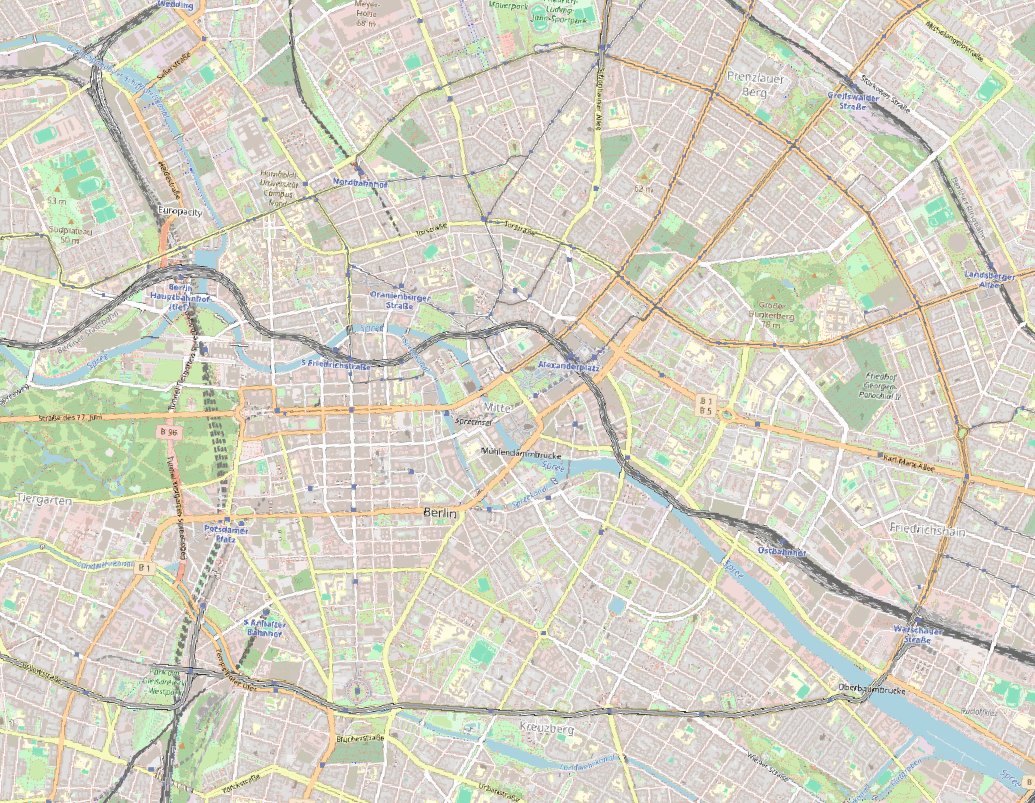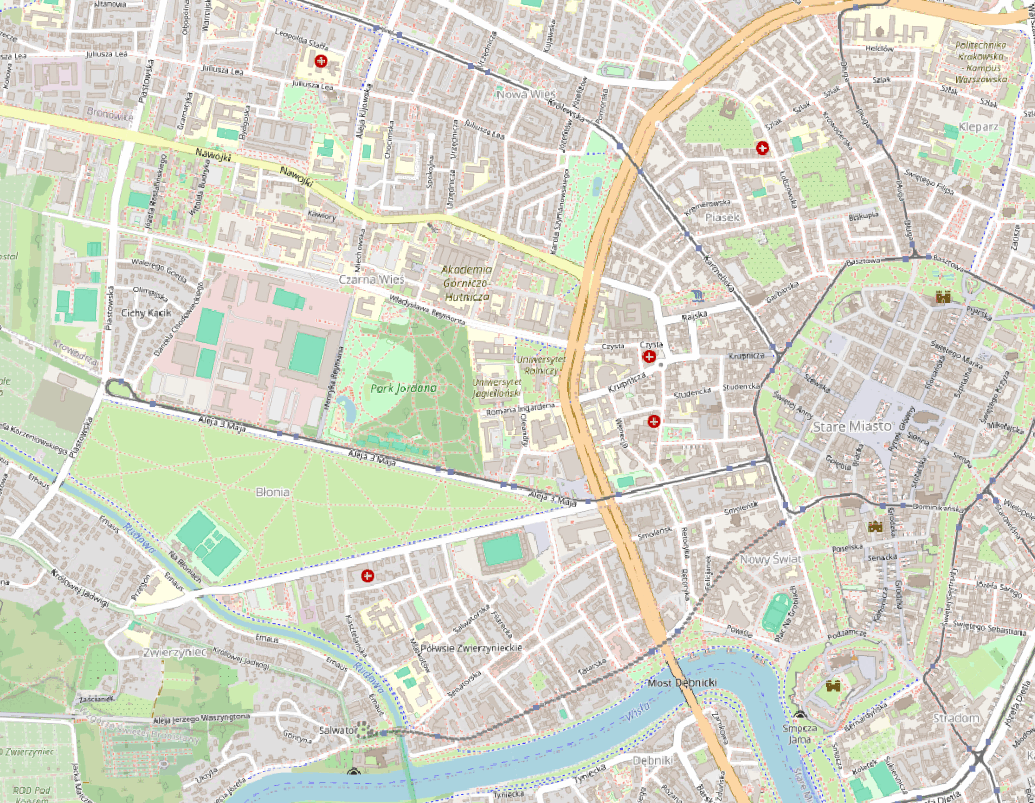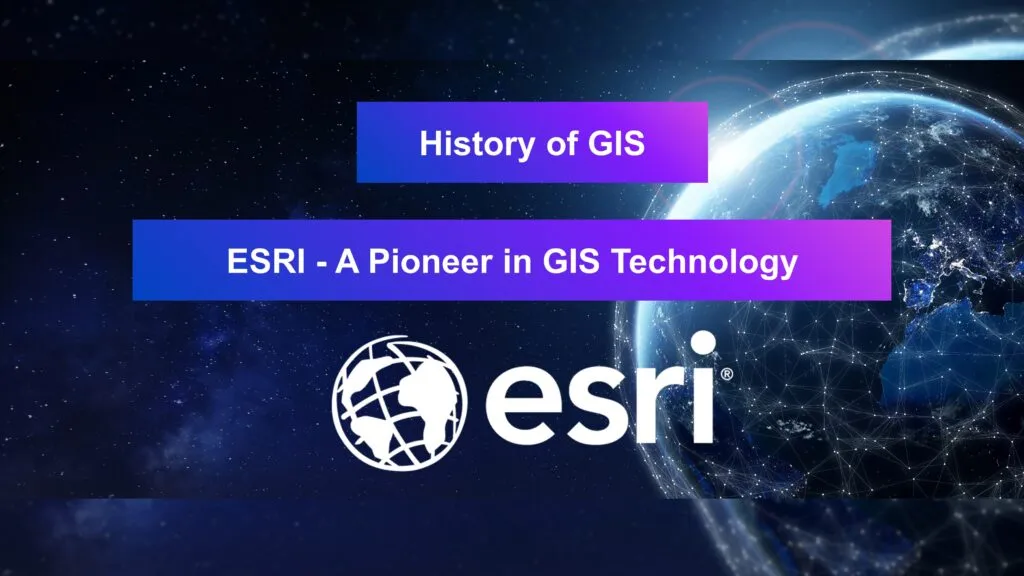
History of GIS | ESRI – A Pioneer in GIS Technology
Founding and History
Environmental Systems Research Institute (ESRI), now known as Esri, was founded in 1969 by Jack and Laura Dangermond.
Starting with a modest seed fund of $1,100, the company has grown into a major force in the geographic information system (GIS) software industry. Based in Redlands, California, Esri was established with a vision to help people understand and visualize geographic information to make informed decisions.
Initially, as a land-use consulting firm, Esri has now grown into the world’s leading supplier of GIS software, with a 40% market share and over a million active users across 350,000 organizations globally.
In the 1980s, Esri launched its first commercially available software product, ARC/INFO. This was a major innovation, as it transitioned GIS from a research and government domain into commercial markets. The 1990s saw Esri introducing ArcView GIS, which significantly expanded the user base by providing a more accessible, graphical GIS software option. By the 2000s, Esri had established ArcGIS as a comprehensive platform, moving GIS into the realm of web and server-based applications.
As the company’s flagship software, ArcGIS has become the industry standard, used by Fortune 500 companies, national governments, cities, and universities worldwide.
Recently, Esri has been integrating artificial intelligence and machine learning into its GIS products to enhance analytical capabilities and automate spatial data interpretation. This advancement allows for more sophisticated modeling and prediction in various applications.
Esri’s commitment to innovation has been crucial in advancing GIS technology. The company operates 11 research and development centers globally, constantly pushing the boundaries of what’s possible with spatial analysis and data visualization.
Key milestones in Esri’s history include:
1969: Esri is founded in Redlands, California.
1980s: Launch of ARC/INFO, Esri’s first commercially available software product.
1990s: Introduction of ArcView GIS, expanding the user base with a more accessible interface.
2000s: Development of ArcGIS as a comprehensive platform, bringing GIS to web and server-based applications.
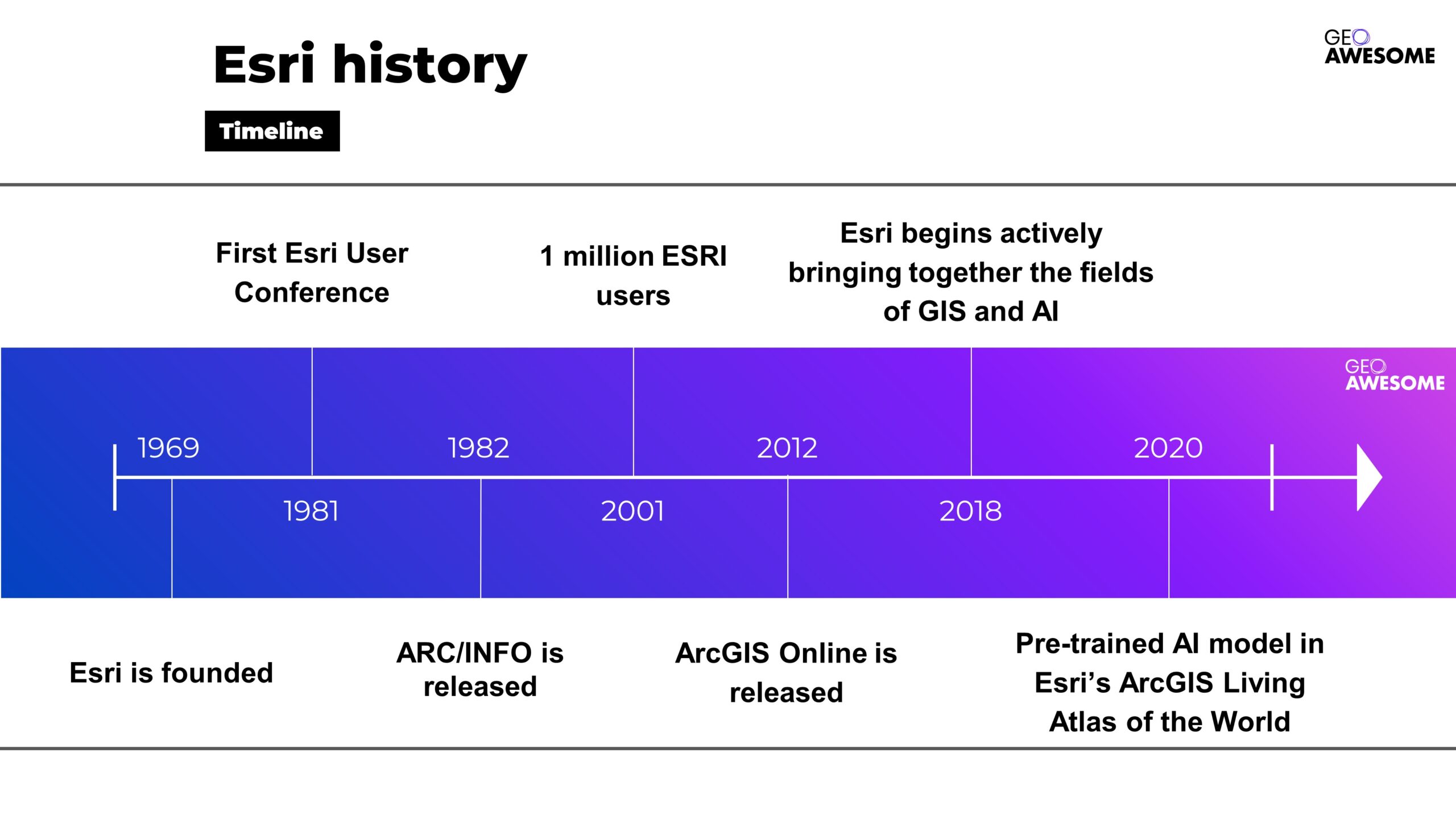
Esri history. Source: Esri
The Visionaries: Jack and Laura Dangermond
Jack and Laura Dangermond’s diverse backgrounds profoundly influenced their approach to founding Esri, shaping the company’s mission and trajectory.
Jack Dangermond, a landscape architect by training, has made significant contributions to the field of GIS. He studied at California State Polytechnic University, Pomona, and later earned advanced degrees from the University of Minnesota and Harvard University.
His vision for Esri was heavily influenced by his academic background and early career experiences, which highlighted the importance of geographic planning and environmental science. Under his leadership, Esri has remained a privately held company, emphasizing sustainable, long-term planning over short-term profits.
Laura Dangermond, a social scientist, contributed significantly to the operational and strategic aspects of Esri. Her interest in rational thinking and analysis complemented Jack’s technical expertise.
Together, they envisioned a technology that could balance human development with environmental stewardship. Laura’s role in managing the company’s operations was crucial in establishing Esri’s reputation and success in the GIS industry

Jack and Laura Dangermond. Source: Giving Pledge
Philanthropy and Recognition
Jack and Laura Dangermond are also noted philanthropists. In 2017, they donated $165 million to establish the Jack and Laura Dangermond Preserve on California’s central coast, the largest gift ever to The Nature Conservancy. They have also signed The Giving Pledge, committing to donate the majority of their wealth to charitable causes.
In recognition of their environmental efforts, the Dangermonds have received numerous awards, including the Conservation Visionary Award from the International Land Conservation Network and the United Nations Foundation’s Global 17 Innovation in Partnership Award.
Esri’s Product Ecosystem: Pioneering GIS Innovation
Esri’s flagship product, ArcGIS, offers a suite of software that integrates various aspects of geographic information. Their products are designed to meet diverse needs across industries and user types:
ArcGIS Pro
ArcGIS Pro is Esri’s powerful desktop GIS application, offering advanced capabilities for data visualization, analysis, and maintenance in 2D, 3D, and 4D environments. This feature-rich software serves as the cornerstone for professional GIS work, supporting complex spatial analysis and cartography.
ArcGIS Online
This cloud-based platform provides mapping, analysis, and data-sharing tools, enabling organizations to create, manage, and share geographic content across devices. ArcGIS Online facilitates collaboration and extends GIS capabilities beyond traditional desktop environments.
ArcGIS Enterprise
For organizations requiring on-premises or private cloud deployments, ArcGIS Enterprise offers a complete GIS platform that can be tailored to specific IT environments and security requirements.
Mobile Solutions
Esri has developed various mobile applications and SDKs, making GIS accessible for field data collection, real-time location analytics, and decision support on smartphones and tablets.
Developer Tools
Esri provides a comprehensive set of APIs and SDKs, allowing developers to integrate GIS capabilities into custom applications and extend the functionality of ArcGIS products.
Specialized Solutions
Esri offers industry-specific products and extensions, such as ArcGIS for Aviation, ArcGIS Urban, and ArcGIS Velocity, addressing unique geospatial challenges across various sectors
Esri’s technology supports various platforms including mobile devices, making GIS more accessible to field professionals and enhancing capabilities in data collection and real-time location analytics.

Esri products. Source: X
Community and Collaboration
Esri has cultivated a vibrant global community that serves as a cornerstone of its success.
The Esri Community demonstrates the company’s commitment to fostering collaboration and knowledge sharing among GIS professionals worldwide.
It serves as a platform where users can connect, share insights, and solve problems collectively. The community is an essential part of Esri’s user support and engagement strategy, reflecting Jack Dangermond’s belief in the power of collaborative innovation.
Esri Community Platform
The Esri Community platform is a hub where GIS professionals, developers, and enthusiasts converge to exchange ideas, troubleshoot challenges, and showcase innovative applications of Esri technology. Key features include:
- Forums for technical support and knowledge sharing
- User groups organized by geography, industry, or specific interests
- A robust ideas exchange where users can propose and vote on new features
- A resource center with tutorials, sample code, and best practices
This platform not only enhances user support but also drives product development by providing direct feedback to Esri’s teams.
Annual Esri User Conference
The Esri User Conference, held annually in San Diego, California, is the world’s largest GIS event. The most recent conference, held from July 15-19, 2024, attracted over 30,000 attendees from more than 140 countries. This event serves multiple purposes:
- Showcasing new Esri technologies and product updates
- Facilitating networking among GIS professionals
- Providing hands-on training and workshops
- Celebrating innovative applications of GIS through user presentations and the Map Gallery
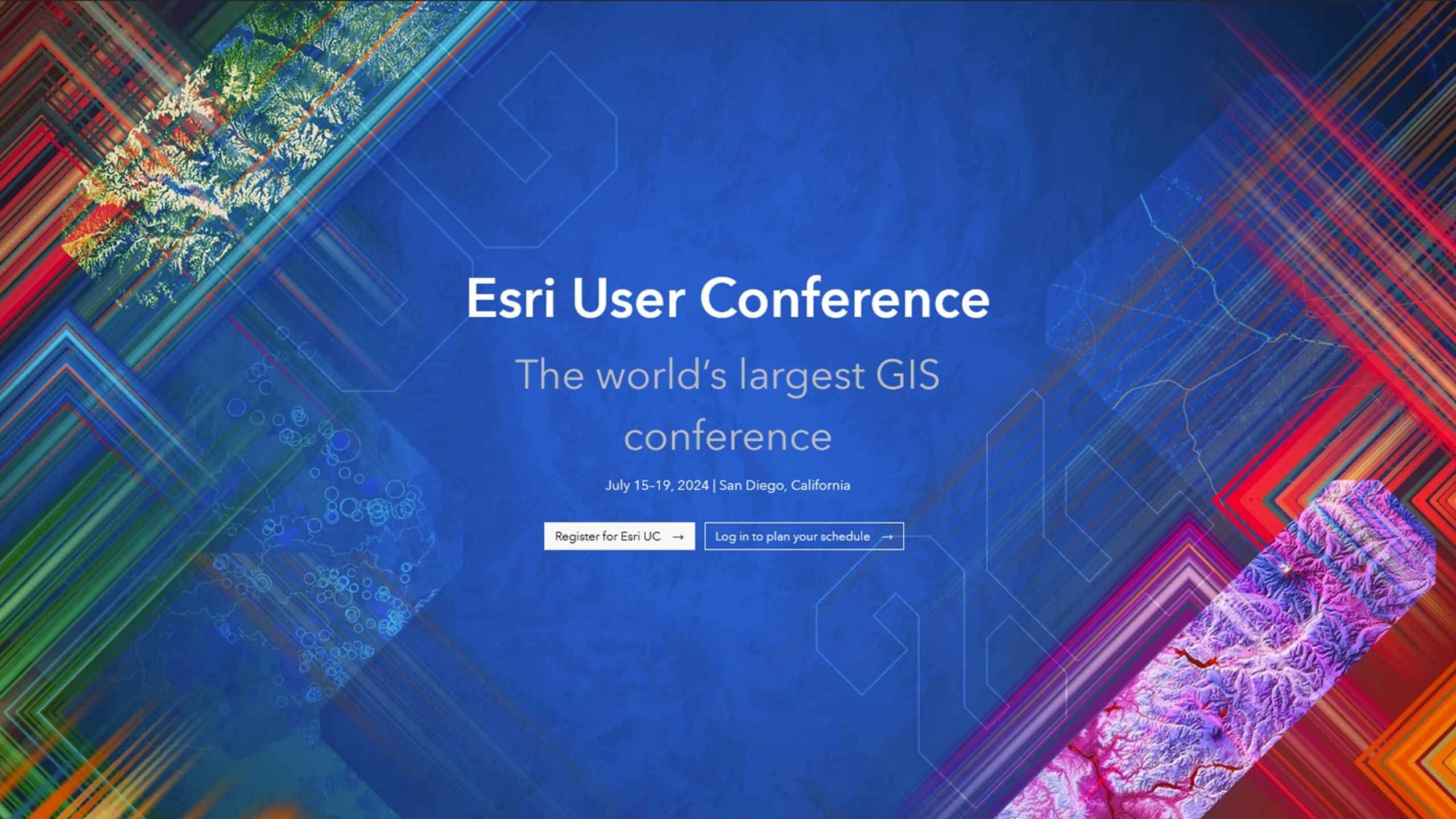
Esri User Conference
Esri’s Global Reach and Impact
Today, Esri stands as a leading entity in GIS technology, with a presence in over 100 countries and products translated into multiple languages. Their software is used by millions across various industries, including government, business, and academia, to make data-driven decisions related to geography and spatial planning. According to the EO Hub Report 2024, about 20% of surveyed participants are using Esri’s ArcGIS product.
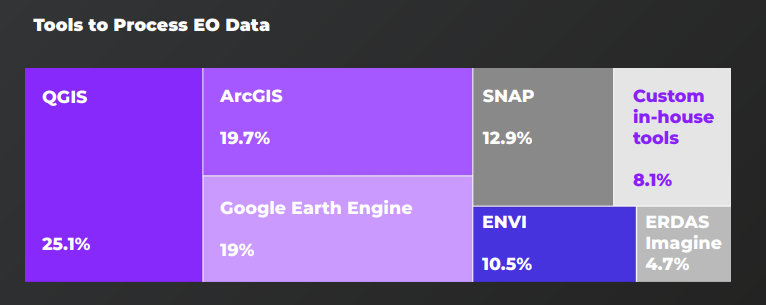
EO tools – the percentage of users
Esri’s Transformative Impact on GIS and Global Sustainability
Since its founding in 1969, Esri has revolutionized the field of geographic information systems (GIS) and significantly contributed to global sustainability efforts. Under the visionary leadership of Jack and Laura Dangermond, Esri has evolved from a small land-use consulting firm to the world’s leading GIS software company, profoundly influencing how organizations understand and interact with spatial data.
Jack and Laura Dangermond’s contributions have been widely recognized:
- In 2022, they received the Conservation Visionary Award from the International Land Conservation Network for their environmental efforts.
- In 2023, they were honored with the United Nations Foundation’s Global 17 Innovation in Partnership Award for developing mapping technology to address global issues.
Jack Dangermond was awarded the Planet and Humanity Medal by the International Geographical Union in 2021, a prestigious honor previously bestowed upon figures like Al Gore and Nelson Mandela.
The company’s sustained focus on community collaboration and technological advancement continues to shape how geographic information is used to address some of the world’s most challenging problems.
For more detailed information about Esri and its offerings, you can visit their official website and explore resources about the history and impact of GIS at the Esri blog.
Did you like the article? Read more and subscribe to our monthly newsletter!







